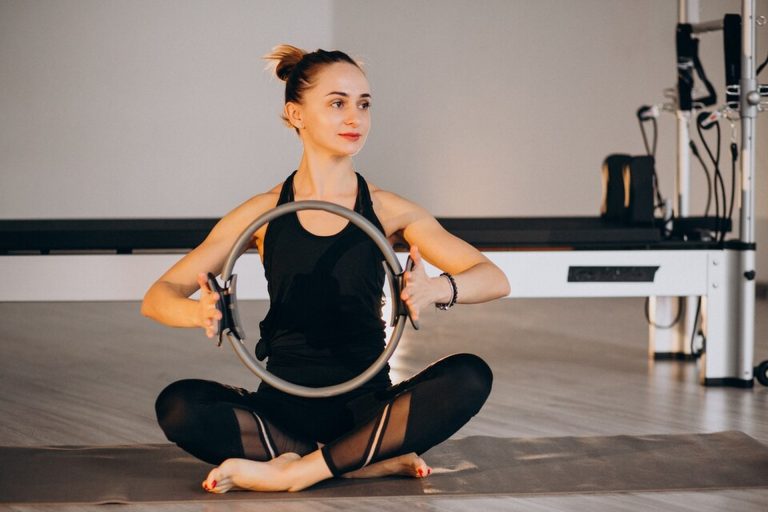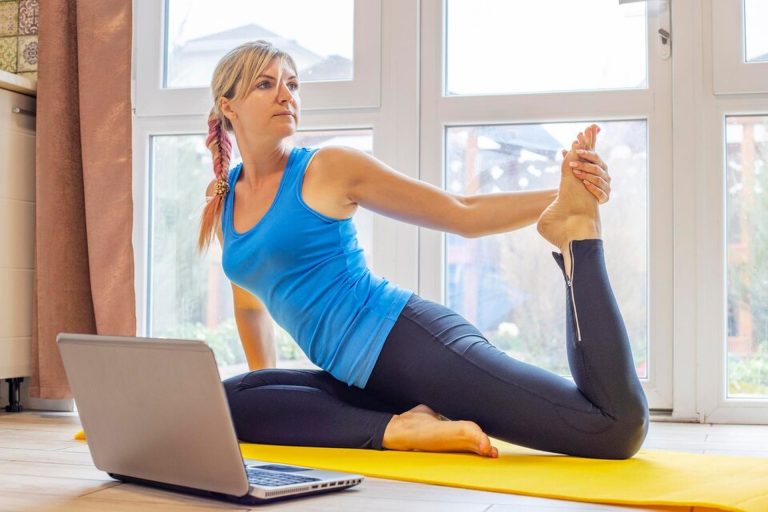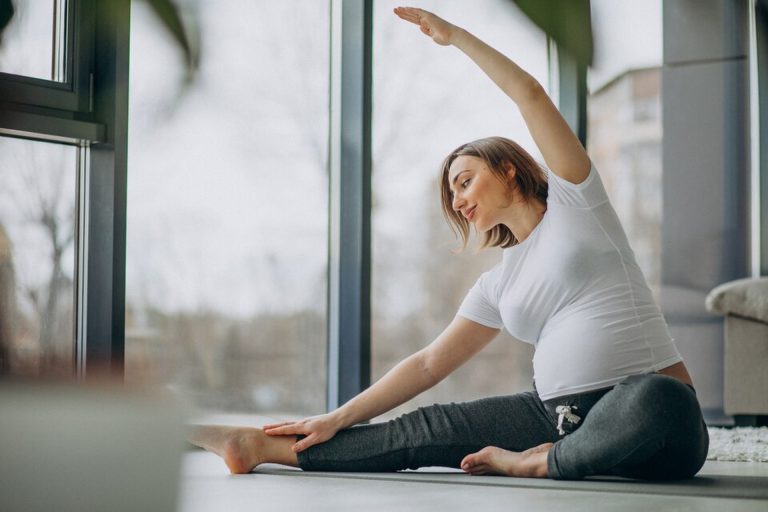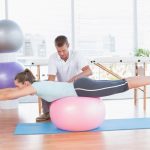Pregnancy is an incredible, life-changing journey filled with excitement, growth, and yes, sometimes a bit of uncertainty—especially when it comes to exercise. If you’re someone who loves Pilates or is curious about staying active during pregnancy, you’ve probably asked yourself: “Is reformer Pilates safe while pregnant? When can I start? What should I avoid?”
The good news is that prenatal reformer Pilates can be a fantastic way to stay strong, flexible, and connected to your body during pregnancy—as long as you follow some important safety guidelines and modifications.
In this post, we’re diving deep into the benefits, precautions, and timing of reformer Pilates during pregnancy. Plus, I’ll share tips on what to expect in a prenatal reformer class and how to make sure your practice is safe and enjoyable throughout all trimesters.
Why Pilates—and Especially Reformer Pilates—is Great During Pregnancy
Pregnancy changes your body in lots of ways. Your center of gravity shifts, your joints loosen, and your muscles have to support not only you but your growing baby too. Staying active during pregnancy helps reduce aches and pains, improve posture, maintain strength, and even boost your mood.
Reformer Pilates stands out because:
- It’s low-impact, which is easier on your joints.
- The springs provide adjustable resistance, letting you challenge or support your muscles safely.
- It targets your core, back, and pelvic floor muscles, all of which are super important during pregnancy and postpartum.
- The controlled, mindful movements encourage body awareness and relaxation.
- It helps improve posture and balance as your body changes.
Many pregnant women find that reformer Pilates helps them feel strong, prepared, and less achy throughout their pregnancy.
Read Also: The Best Pilates Clothing Brands
When Is It Safe to Start Reformer Pilates While Pregnant?
Here’s the thing: every pregnancy is unique, and there’s no one-size-fits-all answer. But generally speaking, many women can safely do reformer Pilates during the first and second trimesters, and with careful modifications, even into the third trimester—all with approval from their healthcare provider.
First Trimester (Weeks 1-12)
- In most cases, if you were active before pregnancy, continuing Pilates with modifications is fine.
- Focus on maintaining strength and flexibility rather than pushing intensity.
- Be gentle with your body, especially if you’re dealing with morning sickness or fatigue.
- Avoid exercises that strain your abdomen or cause discomfort.
Second Trimester (Weeks 13-27)
- This is often the best time to safely engage in reformer Pilates.
- Your bump is growing but you’re usually feeling more energetic.
- Your instructor should start modifying exercises to avoid lying flat on your back (which can restrict blood flow) and any deep twists or compressions.
- Strengthening your pelvic floor, back, and legs becomes extra important now.
Third Trimester (Weeks 28-40)
- Pilates can still be great—but modifications are critical.
- Avoid exercises that put pressure on your belly or cause balance challenges.
- Focus on gentle strength, breathing, and relaxation techniques that prepare you for labor.
- Some women prefer switching to mat Pilates or prenatal yoga as they get closer to delivery.
When NOT to Do Reformer Pilates
- If you have pregnancy complications like placenta previa, preterm labor risk, severe anemia, or other conditions your doctor flags.
- If you experience any vaginal bleeding, dizziness, chest pain, or contractions during exercise, stop immediately and call your healthcare provider.
What Makes Prenatal Reformer Pilates Different?
Prenatal reformer Pilates isn’t just “regular Pilates for pregnant women.” It’s a specialized practice that:
- Uses lighter springs to reduce resistance and avoid strain.
- Focuses on safe movement patterns that protect your pelvic floor and avoid compressing your belly.
- Avoids lying flat on your back after the first trimester to prevent pressure on the vena cava (a major vein).
- Emphasizes breath work and relaxation, which can help with pregnancy stress and prepare you for labor.
- Includes exercises that strengthen the hips, legs, and back to support your changing body.
What Does a Prenatal Reformer Pilates Class Look Like?
You’ll likely notice that prenatal reformer classes:
- Start with breathing exercises to calm your nervous system.
- Move into gentle warm-ups focusing on core activation without abdominal strain.
- Include exercises for hip and glute strength, which support your pelvis and can ease labor.
- Use straps and springs to assist movement safely.
- Avoid any twisting motions or deep flexion.
- Finish with stretches and relaxation to release tension.
Classes are usually small and guided by instructors trained specifically in prenatal Pilates, so you get plenty of personal attention.
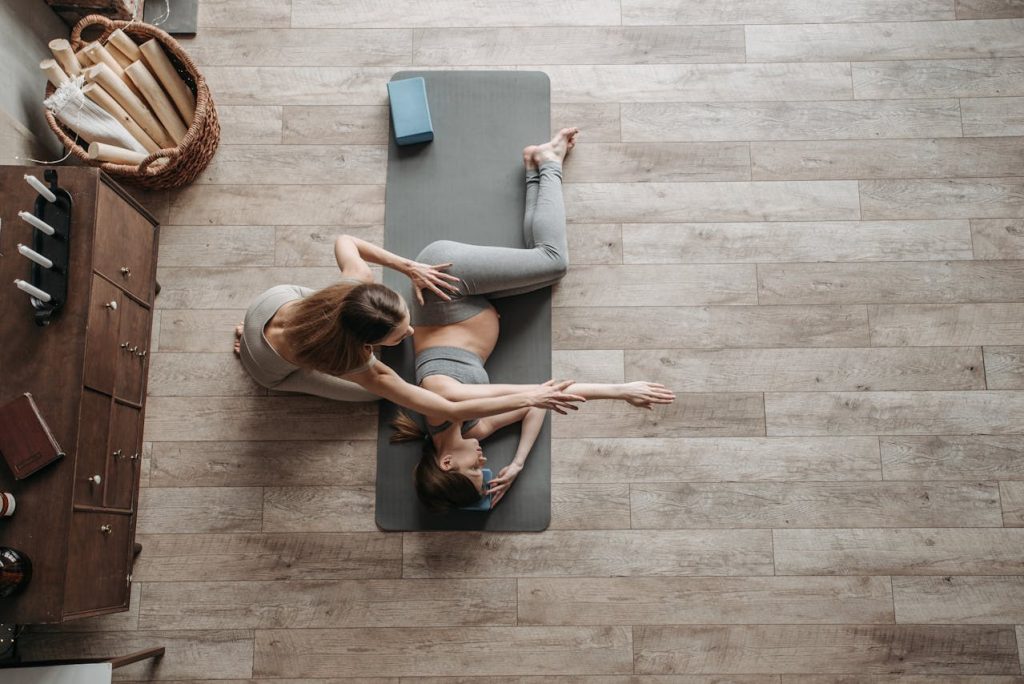
Tips for Doing Reformer Pilates Safely While Pregnant
- Always get clearance from your healthcare provider before starting or continuing reformer Pilates during pregnancy.
- Find a qualified prenatal Pilates instructor who understands pregnancy modifications.
- Wear comfortable, stretchy clothes that accommodate your bump and support your body.
- Stay hydrated and take breaks when needed. Pregnancy can make you overheat more easily.
- Listen to your body. Stop or modify any exercise that feels uncomfortable or causes pain.
- Avoid holding your breath—focus on steady, relaxed breathing throughout movements.
- Communicate openly with your instructor about how you’re feeling.
- Be patient with yourself. Your body is going through huge changes—honor where you are each day.
Top Prenatal Pilates Moves to Try
1. Pelvic Tilts (Cat-Cow Variation)
Why: Eases lower back tension and strengthens your deep core muscles.
How: On hands and knees, inhale as you arch your back gently (cow), lifting your head and tailbone. Exhale as you round your spine (cat), tucking your chin and tailbone under. Move slowly and breathe deeply for 8–10 reps.
2. Wall Squats
Why: Builds leg strength and helps prepare hips for birth.
How: Stand with your back against a wall, feet hip-width apart. Slide down into a squat, keeping knees behind toes, hold for a few seconds, then slide back up. Repeat 8–12 times. Modify depth as comfortable.
3. Side-Lying Leg Lifts
Why: Strengthens hips and glutes to support your pelvis.
How: Lie on your side with legs stacked. Lift your top leg slowly, hold for a moment, then lower with control. Do 10–15 reps per side.
4. Seated Spine Twist (Gentle)
Why: Promotes spinal mobility and relieves tension without compressing your belly.
How: Sit cross-legged or on a chair, keep your spine tall. Gently twist to one side using your abdominal muscles, keeping your hips stable. Hold for 3 breaths, then switch sides. Avoid deep twists.
5. Modified Hundred (Core Activation)
Why: Strengthens your core without putting pressure on your belly.
How: Sit with knees bent and feet flat on the floor, or lie back with feet supported on a chair. Pump your arms gently up and down while inhaling for 5 counts and exhaling for 5 counts, up to 50 pumps.
6. Chest Opener Stretch
Why: Counters tight chest muscles from pregnancy posture and opens your breathing.
How: Sit or stand tall, interlace fingers behind your back, and gently squeeze shoulder blades together while lifting your chest. Hold for 20–30 seconds while breathing deeply.
7. Cat Tail Wag (Pelvic Mobility)
Why: Encourages gentle movement in the pelvis and spine.
How: On hands and knees, circle your hips slowly in one direction for 5 reps, then reverse. Keep movements smooth and pain-free.
8. Kegel Exercises (Pelvic Floor Strengthening)
Why: Supports pelvic floor health, crucial for pregnancy and postpartum recovery.
How: Contract your pelvic floor muscles as if stopping urine flow. Hold for 5 seconds, then release. Repeat 10–15 times.
9. Side Bend Stretch
Why: Stretches the side body and eases rib and back tension.
How: Sitting tall, reach one arm overhead and gently bend to the opposite side. Hold for 20–30 seconds, then switch.
10. Breathing Exercises (Diaphragmatic Breathing)
Why: Improves oxygen flow, helps relaxation, and preps for labor breathing.
How: Sit or lie comfortably. Place one hand on your belly and the other on your chest. Inhale deeply through your nose, expanding your belly. Exhale slowly through your mouth. Repeat for 5 minutes.
Benefits Pregnant Women Report From Reformer Pilates
Many pregnant women notice:
- Reduced lower back pain and hip discomfort.
- Increased energy and reduced fatigue.
- Stronger, more supportive core and pelvic floor muscles.
- Improved posture as your body adapts to a growing belly.
- A calmer mind through breath awareness and mindful movement.
- Confidence and a sense of control over their changing bodies.
When to Avoid or Modify Reformer Pilates
Pregnancy isn’t the time to push yourself hard. Here are some red flags to watch for:
- Vaginal bleeding or spotting after exercise.
- Sudden swelling in hands or face.
- Dizziness, nausea, or shortness of breath.
- Regular painful contractions or cramping.
- Decreased fetal movement.
If you experience any of these, stop immediately and contact your healthcare provider.
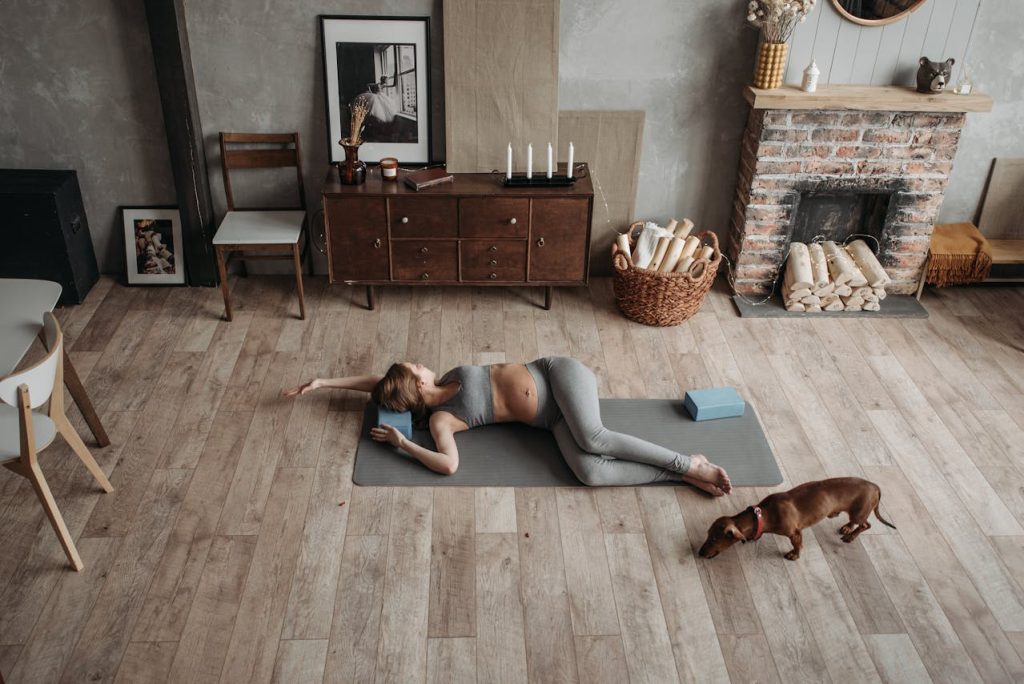
Final Thoughts: Prenatal Reformer Pilates Can Be a Beautiful Part of Your Pregnancy Journey
Reformer Pilates, when done safely and with proper guidance, offers a unique way to stay strong, flexible, and connected to your body during pregnancy. It supports your muscles, helps relieve discomfort, and prepares you physically and mentally for labor and delivery.
The key is to work with qualified instructors, listen closely to your body, and respect your limits as your pregnancy progresses. With those in place, reformer Pilates can be a wonderful, empowering part of your prenatal care.
Are you pregnant and thinking about reformer Pilates? Or have you already tried it and want to share your experience? Drop a comment below—I’d love to hear your story!


